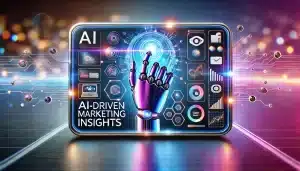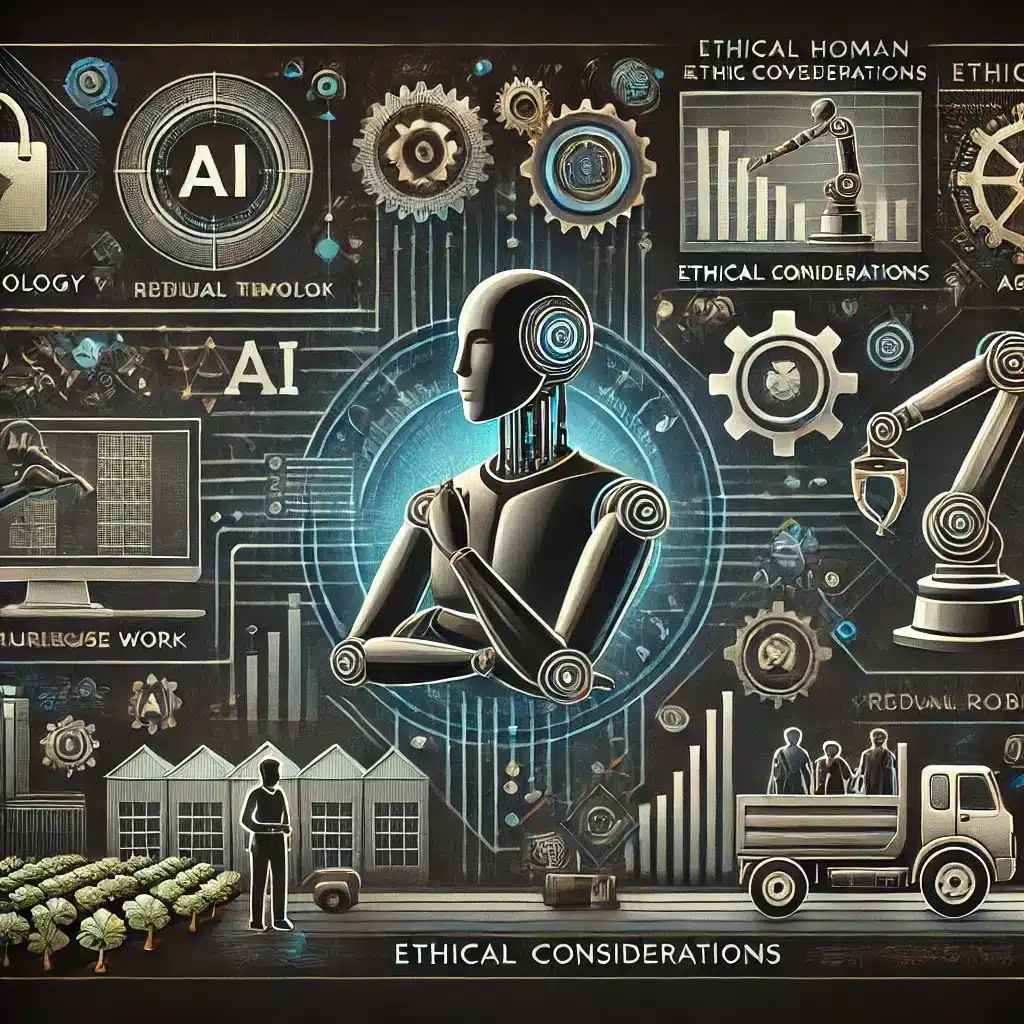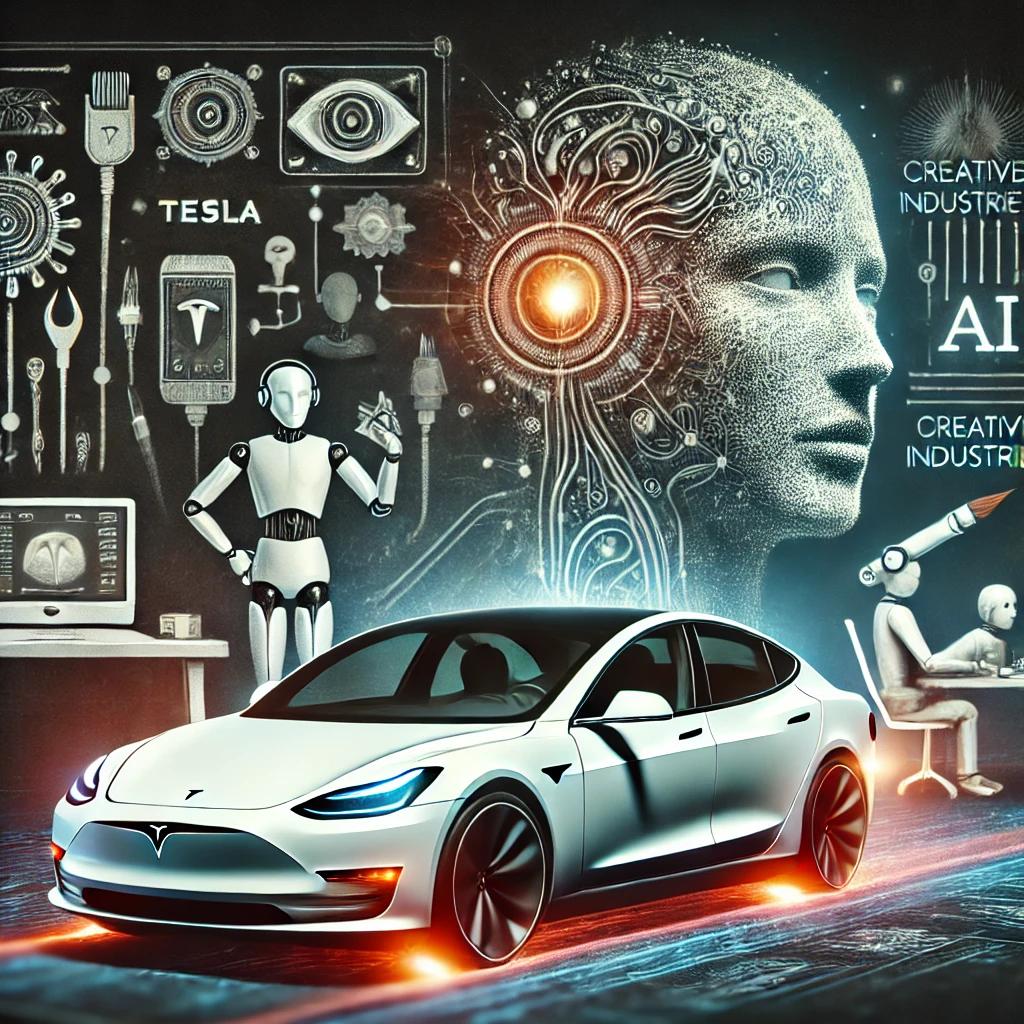In today’s fast-paced digital marketing landscape, AI-powered image and video recognition technologies are becoming essential tools for businesses aiming to enhance their targeting strategies. By leveraging advanced computer vision and machine learning, companies can analyze visual content, create personalized experiences, and boost customer engagement. This article explores the intricacies of AI image recognition, its applications in marketing, and how businesses can harness this technology to gain a competitive edge.
What is AI Image Recognition and How Does it Work?
Understanding AI and Image Recognition
AI image recognition enables systems to identify objects, scenes, and activities within images or videos. Using sophisticated algorithms and extensive datasets, these technologies extract meaningful insights from visual data. This makes them invaluable across industries, especially marketing.
The Role of Machine Learning
Machine learning, a subset of AI, is key to improving image recognition. By training models with vast amounts of labeled data, systems learn to identify objects and classify them accurately. Over time, exposure to more data enhances performance, leading to precise detection and classification.
Key Components of Image Recognition
AI image recognition relies on several components:
- Feature Extraction: Identifying essential elements in an image.
- Classification: Categorizing detected features into specific groups.
- Post-Processing: Refining results for greater accuracy.
With advancements in deep learning, neural networks now mimic human cognition, enabling more sophisticated image analysis.
Applications of AI Image and Video Recognition in Marketing
Social Media and Consumer Insights
Businesses use AI to analyze social media visuals, monitor brand representation, and track consumer sentiment. Insights gained help refine marketing strategies and improve audience segmentation for targeted campaigns.
Enhancing Customer Engagement with Facial Recognition
Facial recognition allows businesses to personalize experiences, such as recommending products or tailoring promotions based on customer interactions. It also helps gauge real-time reactions, enabling marketers to adapt strategies dynamically.
Image Analysis for Smarter Campaigns
AI-powered image analysis identifies trends in user-generated content, helping brands understand product perception. This data-driven approach creates more effective campaigns with actionable insights.
How Businesses Can Leverage AI for Campaign Optimization
Real-Time Analysis with Vision APIs
Vision APIs process images and videos instantly, helping businesses respond to trends quickly. Automating tasks like object detection streamlines workflows, saving time and improving campaign efficiency.
Optimizing Content with AI Models
AI models analyze how audiences engage with content, revealing which visuals resonate most. Companies can then refine their strategies to drive higher engagement and ROI.
Organizing Visual Content
AI tools categorize and label images systematically, simplifying content management. This ensures easy retrieval and facilitates trend analysis for future campaigns.
Emerging Trends in AI Image Recognition
Advancements in Technology
The field is evolving rapidly, with algorithms becoming more accurate and efficient. Generative AI further enhances capabilities, enabling systems to create synthetic data for better training and results.
The Role of Generative AI
Generative AI is transforming image recognition by creating realistic data to train models, reducing the reliance on extensive datasets. This innovation strengthens algorithms and opens new avenues for marketing applications.
Choosing the Right AI Tools
Evaluating Software Options
Selecting the right AI tools depends on campaign requirements, such as the type of image analysis needed. Businesses should consider performance metrics and scalability when choosing software.
Benefits of Cloud Vision APIs
Cloud-based solutions offer real-time image recognition without heavy infrastructure costs. They provide flexibility, making it easier for businesses to adopt and implement AI tools.
Comparing Algorithms
Different algorithms excel in specific tasks, like facial or optical character recognition. Understanding their strengths ensures the selection of the best solution for unique marketing needs.




